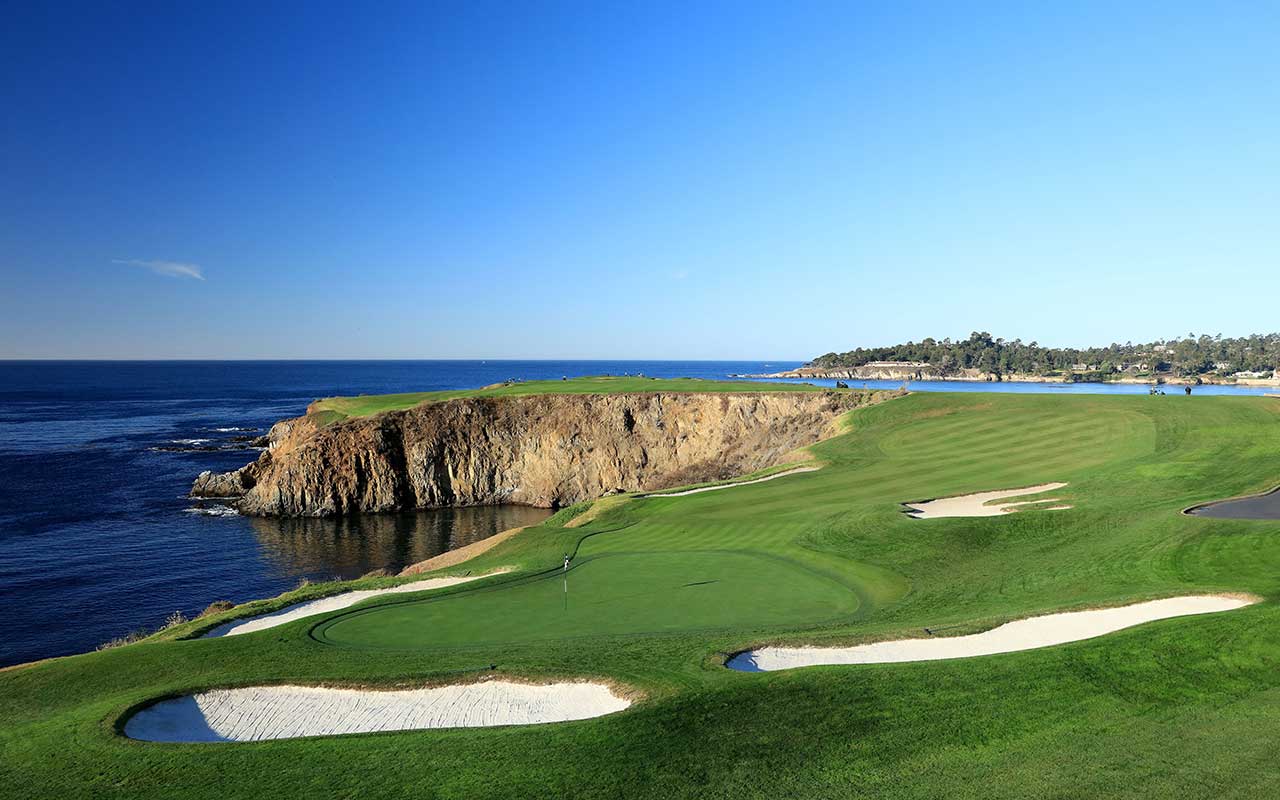

Course quality must be irreproachable all year long to enable good rounds. Say no to pesticides but yes to sheep (and other animals)!Īs all groundkeepers know, golf course maintenance is a complex task.
#National gl golf course install
It is also possible, like the French National Golf Course, to install irrigation systems able to detect the degree of moisture in the ground and only to sprinkle zones which need it. The creation of reservoirs to recover, store and re-use rainwater is a popular solution. Merely renovating or improving existing watering systems makes it possible to limit wasteful leaks and water losses… Grass may have a thirst for water but does not mind where it comes from! Zoysia tenuifolia although difficult to pronounce, is one of them.īy March 2013, 90% of French golf courses (3) had already chosen to use non-potable water - rain and wastewaters - to irrigate their grounds. It has the virtue of needing little maintenance… and much less water than natural grass, as explained in this article.Īlthough the grass usually used for the golf courses requires a lot of water, this is not true for all grasses. As the excessive use of water creates problems, we need to imagine new solutions. Golf courses consume a lot of water - a resource which is running out and which we must save. Good quality grass must be watered regularly. Water is a vulnerable vital resource although essential for golf course groundkeeping. The French Golf Federation has signed two environmental-protection charters (2) in which it undertakes to make these efforts. But France is investing time and money to change things. The problems are caused by the installation of the grounds, which degrades the environment and groundkeeping which, it must be said, requires a lot of water and some pesticides. Golf is considered to be the 4th most polluting sport after skiing, motor sports and shooting (1).


 0 kommentar(er)
0 kommentar(er)
